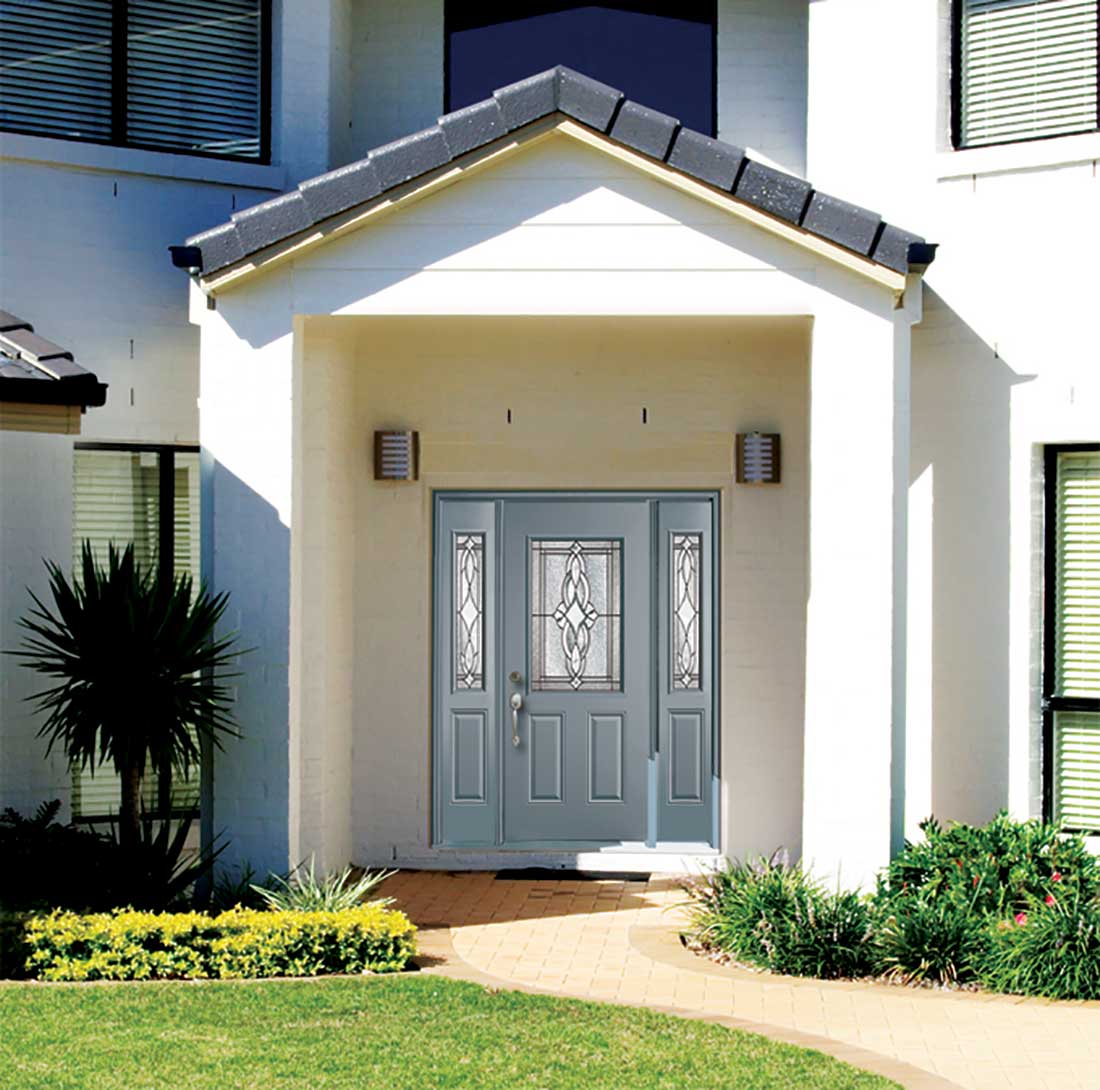
Replacing or installing an interior door can dramatically change the look and feel of a room, providing both function and style. Door installation may seem like a daunting task for beginners; therefore, it is best to hire general contractors to ensure a seamless and proper outcome.
Installing an interior door has many steps. The following are the important key points to note:
This article will walk you through the simple, step-by-step process of how to install an interior door, ensuring a smooth and successful home improvement project.
There are several reasons why you might want to take on this task. First, installing an interior door yourself can save you money on labor costs. It also gives you more control over the project, allowing you to choose materials, styles, and finishes that best suit your home renovation. Plus, learning how to install an interior door can be a fun and rewarding DIY project that enhances your skills and confidence.
Before diving into the steps, gather all the necessary tools and materials. Here’s a handy list to get you started:
With your tools ready, let’s move on to the easy steps for a successful door installation.
The first step in learning how to install an interior door is measuring the door frame accurately. Use a measuring tape to determine the height, width, and depth of the door frame. Make sure to measure at three points: top, middle, and bottom for width, and left, center, and right for height.
Now, it’s time to remove the old door. Start by unscrewing the hinges from the door frame using a screwdriver or drill. If the door is stuck, gently tap the hinge pins with a hammer to loosen them. Lift the door out of the frame and set it aside.
Tip: Keep the old door nearby to use as a reference when installing the new one, especially if you need to match hinge placement or door swing direction.
Whether you’ve purchased a pre-hung interior door (one that comes already attached to a frame) or a slab door (a standalone door without a frame), some preparation is usually required. For a pre-hung door, check that the hinges are properly aligned and secure. For a slab door, you may need to cut holes for the doorknob and hinges.
Tip: Lay the new door on a flat surface and use the old door as a template for hinge and doorknob placement. Mark the locations with a pencil and use a chisel to cut out space for the hinges.
Now comes the crucial part: fitting the door into the frame. If you are installing a prehung interior door, position it inside the rough opening and make sure it sits flush against the wall. Use a level to ensure that the door frame is straight vertically and horizontally. Insert shims between the door frame and the rough opening to hold it in place.
Tip: Use shims on both sides and at the top of the door frame to create an even gap around the door. This helps prevent binding and ensures smooth operation.
Once the door is properly aligned and leveled, secure it to the frame using screws. Begin with the top hinge and work your way down. This prevents the door from shifting as you work. Check periodically with the level to ensure the door remains straight.
Tip: Avoid overtightening the screws, as this can cause the door frame to warp. Tighten them just enough to hold the door securely.
If the door does not close properly or rubs against the frame, you may need to trim it slightly. Use a saw to remove small amounts from the bottom or sides of the door as needed. Be sure to sand down any rough edges after trimming to prevent splinters or damage.
Tip: Always trim small amounts at a time and check the fit frequently. It's easier to trim more later than to add material back.
With the door in place, it's time to install the doorknob and latch. Follow the manufacturer's instructions to attach the hardware securely. Test the door to ensure it opens and closes smoothly and that the latch lines up with the strike plate on the frame.
Tip: If the latch doesn’t align properly, adjust the position of the strike plate by loosening the screws and repositioning it.
To complete your door installation, finish the door according to your desired style. You might choose to paint or stain the door to match your home decor. Additionally, fill any visible screw holes with wood putty for a polished look.
Tip: Use high-quality paint or stain that is suitable for interior doors, and consider applying a protective clear coat for added durability.
Finally, check the door for any needed adjustments. Ensure it swings smoothly and the hardware is firmly in place. Remove any shims sticking out of the frame, and clean up any dust or debris left over from the installation process.
Tip: Keep the area clean as you work to prevent dust from getting into the hinges or latch, which could affect the door’s performance.
Learning how to install an interior door may seem intimidating at first, but by following these easy steps, you can complete the project efficiently and with confidence. Proper measurement, careful alignment, and attention to detail are key to a successful door installation. Whether you’re upgrading for style, replacing a damaged door, or just looking to improve your DIY skills, installing an interior door can be a highly rewarding experience.
For expert guidance and inspiration, contact us at Alexandria Home Solutions today. Our team of home improvement professionals is here to assist you with everything from selecting the right materials to mastering installation techniques.
A pre-hung interior door comes already attached to a door frame with hinges installed, making it easier to install as a single unit. A slab door, on the other hand, is just the door itself without a frame, which requires you to install the hinge side and door handle separately. When installing a slab door, you’ll need to measure carefully with a measuring tape to ensure a proper fit and alignment.
To install a door handle on a slab door, first mark the location for the handle on the door frame. Use a measuring tape to ensure the handle is positioned at the right height and alignment. Once marked, use a chisel to create space for the strike plate and the handle hardware. Follow the manufacturer's instructions to attach the handle securely to the door.
While door installation can be a DIY project if you're skilled, it's often recommended to hire general contractors for a professional finish, especially for complex doors like pre-hung interior doors. They can ensure the door frame is aligned correctly, the hinge pins are securely attached, and the door swings smoothly. Professional installation also helps with security solutions, making sure the door fits properly and seals tightly.
When installing a pre-hung interior door, start by carefully positioning the door frame into the rough opening. The hinge side of the door should sit flush against the wall. Use shims to adjust the frame and ensure it's level. Then, secure the door to the frame using screws. This step is crucial for preventing drafts and ensuring the door is aligned properly for smooth operation.
To ensure the hinge pins are properly aligned during door installation, make sure the hinge side of the door is level and flush with the door frame. Use a measuring tape to check for even spacing around the door. Once the door is in place, carefully insert the hinge pins and test the door to ensure it opens and closes smoothly without binding.
